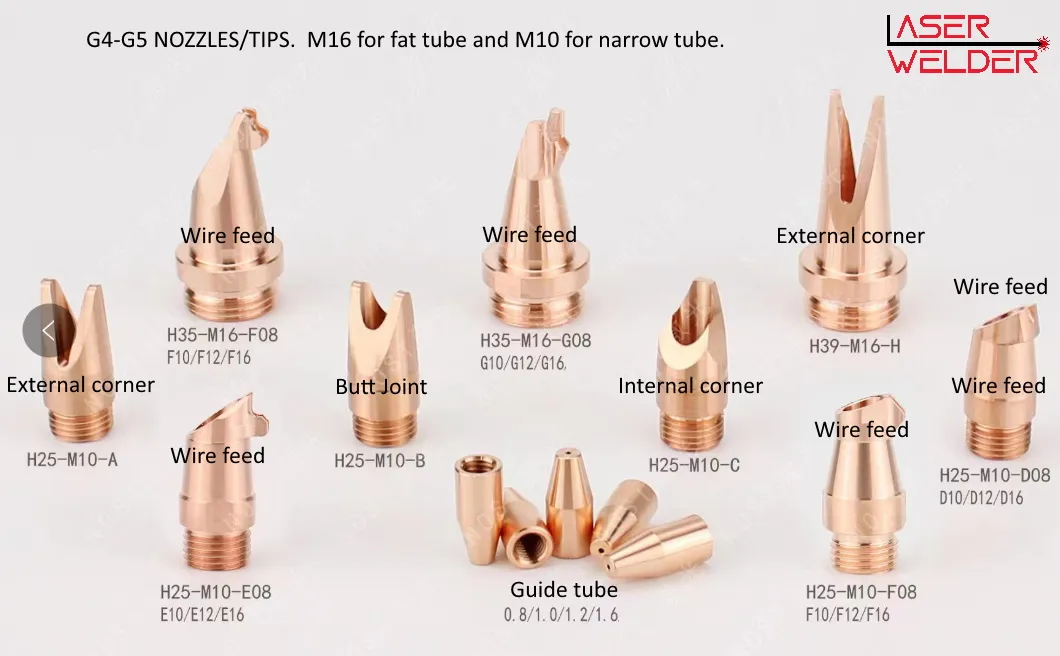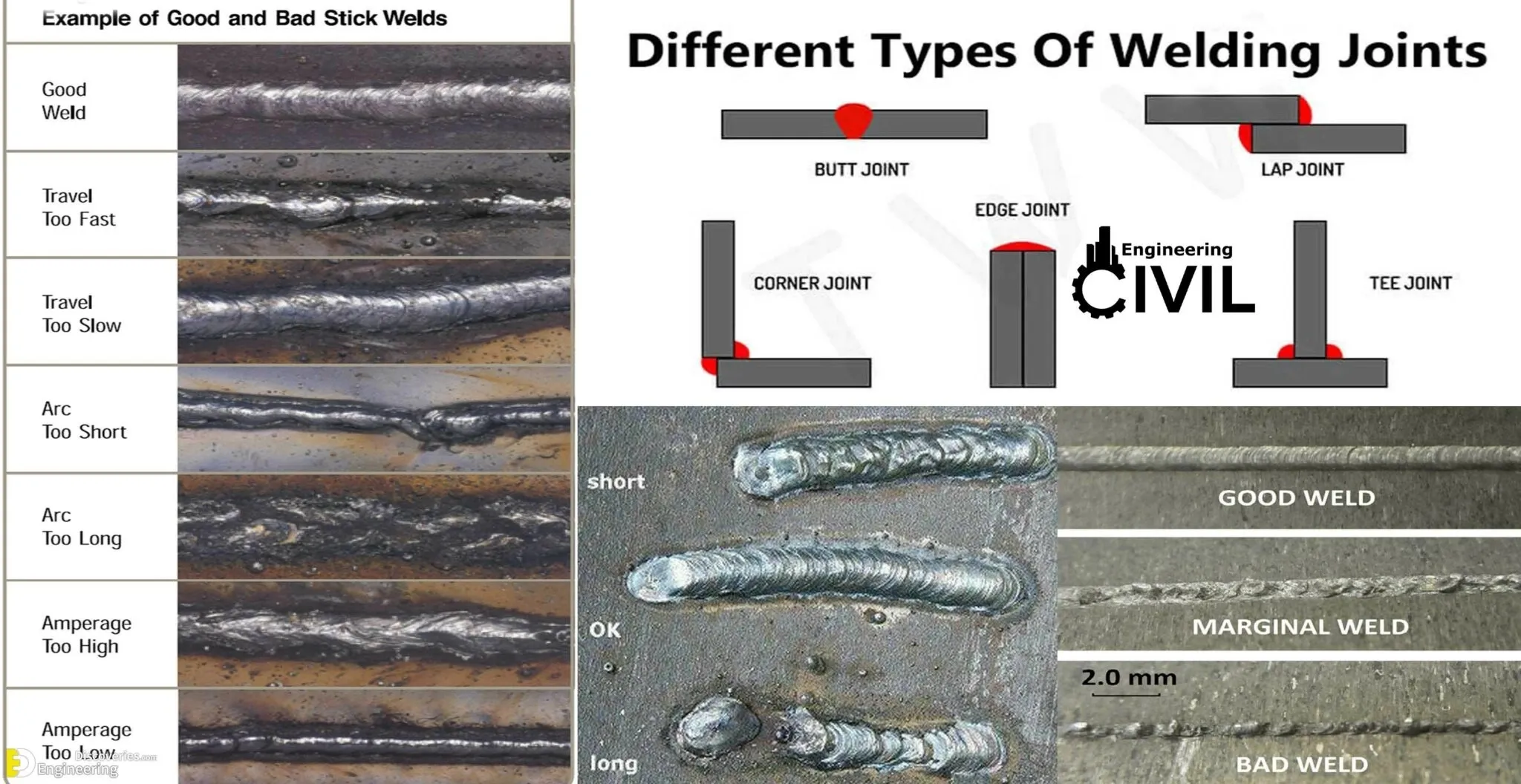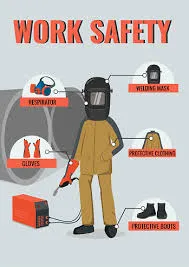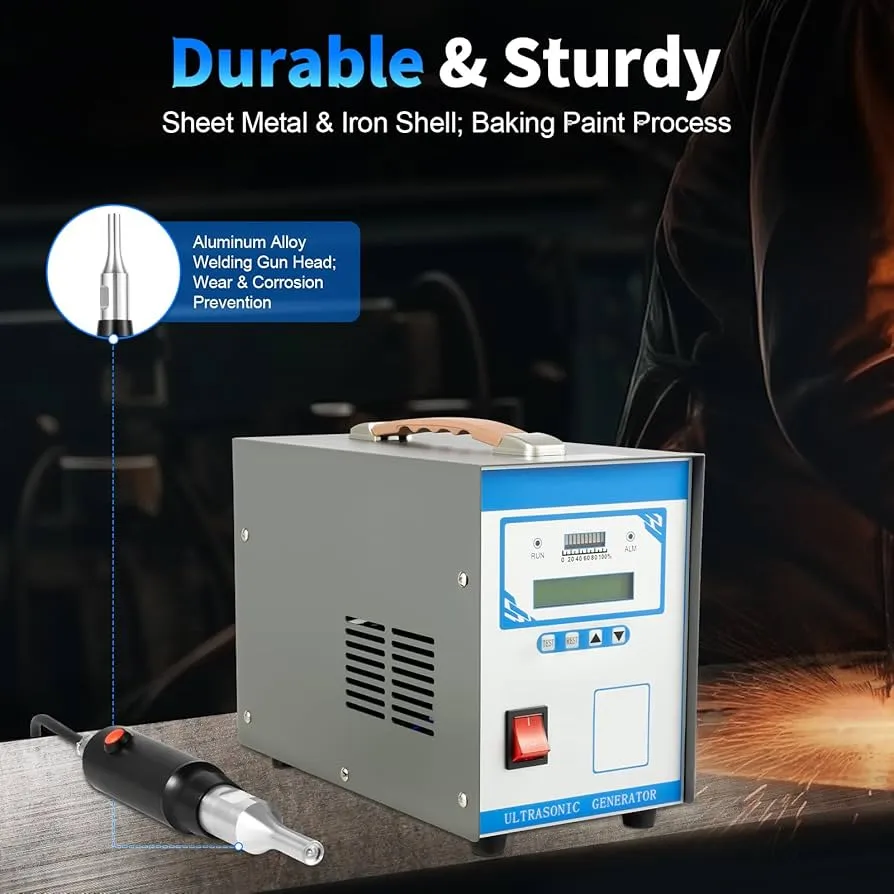Plastic Welding Machine with Hot Air Gun: Comprehensive Guide
Plastic welding machines equipped with hot air guns have revolutionized the way we join thermoplastic materials in various industries. These versatile tools provide precise, efficient, and cost-effective solutions for repairing, fabricating, and assembling plastic components across multiple sectors including automotive, manufacturing, construction, and packaging.
Understanding Plastic Welding Technology
Plastic welding with hot air guns involves using controlled heated air to melt and fuse thermoplastic materials together. Unlike traditional adhesive bonding methods, this process creates molecular bonds between the materials, resulting in joints that maintain the original material properties and strength characteristics.

How Hot Air Plastic Welding Works
The fundamental principle behind hot air plastic welding involves three key stages: heating, joining, and cooling. The hot air gun generates a consistent stream of heated air that softens the plastic surfaces to be joined. Once the materials reach their melting temperature, pressure is applied to fuse them together, followed by a controlled cooling period that solidifies the bond.
Key Components of Plastic Welding Systems
| Component | Function | Importance |
|---|---|---|
| Hot Air Gun | Generates controlled heated air stream | Core heating element |
| Temperature Control | Regulates air temperature precisely | Critical for material compatibility |
| Air Flow Control | Manages air volume and pressure | Affects welding quality |
| Welding Nozzles | Directs air to specific areas | Determines weld pattern |
| Welding Rods | Filler material for joints | Provides structural integrity |

Types of Plastic Welding Techniques
Hot Gas Welding
This method uses a stream of hot gas (typically air or nitrogen) to heat both the welding rod and the base material simultaneously. The welder manually feeds the rod into the joint while applying heat, creating a strong, continuous bond.
Extrusion Welding
Ideal for thicker materials, extrusion welding uses a plastic extruder that melts welding filler material and deposits it into the joint under pressure. This method is particularly effective for welding large structures and thick sheets.
Speed Welding
Speed welding utilizes a specially designed nozzle that pre-heats the welding rod as it's fed through the tool. This technique allows for faster welding speeds and is particularly useful for long, straight seams.

Applications Across Industries
| Industry | Application | Benefits |
|---|---|---|
| Automotive | Bumper repair, interior components | Cost-effective repairs, OEM quality |
| Construction | Plastic roofing, tank fabrication | Weather-resistant joints |
| Manufacturing | Prototype development, custom parts | Rapid fabrication |
| Packaging | Container repair, custom packaging | Extended equipment life |
| Marine | Boat hull repair, plastic components | Water-tight seals |
Advantages of Hot Air Plastic Welding
Material Compatibility
Hot air welding works with virtually all thermoplastics including PVC, polyethylene, polypropylene, ABS, and acrylic. The adjustable temperature settings allow operators to work with materials having different melting points.
Cost Effectiveness
Compared to replacement costs or alternative joining methods, hot air welding provides significant savings. The equipment requires minimal maintenance and consumables are relatively inexpensive.
Environmental Benefits
This method eliminates the need for chemical adhesives or solvents, making it an environmentally friendly joining process. It also enables repair rather than replacement, reducing plastic waste.

Best Practices for Optimal Results
Surface Preparation
Proper surface preparation is crucial for successful welding. Surfaces must be clean, dry, and free from contaminants. For some materials, surface roughening or chemical treatment may be necessary to ensure proper adhesion.
Temperature Control
Maintaining the correct temperature is vital. Too low temperatures result in weak bonds, while excessive heat can degrade the material. Refer to manufacturer guidelines for specific temperature ranges for different plastics.
Welding Speed and Pressure
Consistent welding speed and appropriate pressure application ensure uniform heating and proper fusion. Practice on scrap materials to develop the right technique before working on actual projects.
Safety Considerations
When operating plastic welding machines with hot air guns, several safety precautions must be observed:
| Safety Aspect | Precaution | Reason |
|---|---|---|
| Heat Protection | Wear heat-resistant gloves | Prevents burns from hot surfaces |
| Ventilation | Work in well-ventilated areas | Avoids fume inhalation |
| Electrical Safety | Check equipment regularly | Prevents electrical hazards |
| Fire Safety | Keep extinguisher nearby | Plastics are combustible |
| Eye Protection | Wear safety glasses | Protects from debris |

Maintenance and Care
Regular maintenance ensures consistent performance and extends the lifespan of your plastic welding equipment. Key maintenance tasks include cleaning air filters, checking heating elements, calibrating temperature controls, and inspecting electrical connections. Always follow manufacturer recommendations for specific maintenance schedules and procedures.
Future Trends in Plastic Welding Technology
The future of plastic welding with hot air guns includes developments in digital temperature control, automated welding systems, and integration with robotics for mass production applications. Energy-efficient designs and smart monitoring systems are also emerging trends that will enhance precision and reduce operational costs.

Conclusion
Plastic welding machines with hot air guns represent a sophisticated yet accessible technology that continues to evolve. Their versatility, cost-effectiveness, and ability to create strong, durable bonds make them indispensable tools across numerous industries. By understanding the principles, techniques, and best practices outlined in this guide, operators can achieve professional results while maximizing safety and efficiency.

